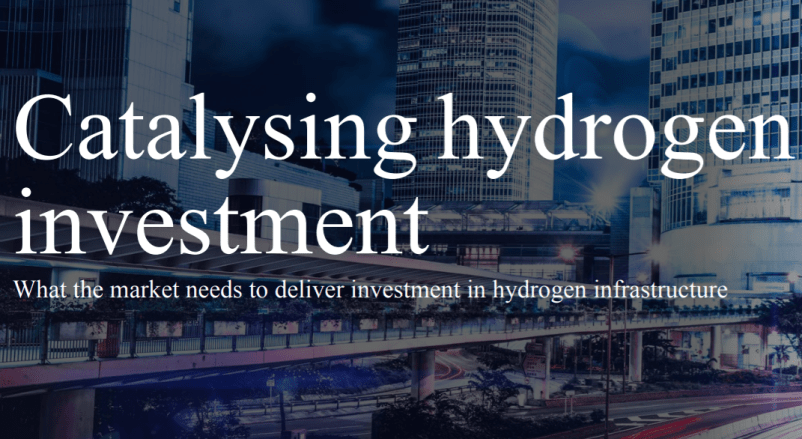Breadcrumb
Catalysing Hydrogen Investment - New Report

GIIA, in collaboration with global engineering and consultancy firm Arup, have launched a new report exploring how to enable greater investment in the hydrogen sector.
The report, based on a survey of GIIA investor members, found that 90% of participants believe hydrogen will play a role in the future energy system and 70% believe it will be important for some applications by 2030, and yet only 16% of those surveyed have already concluded deals or are currently engaged in hydrogen-related infrastructure transactions.
It goes on to explore the discrepancy between the role investors think hydrogen will play and the current landscape to identify what the barriers to investment are for this technology, looking at production, adoption in end-use applications, and the transport and storage of hydrogen.
Speaking on the release of the report, GIIA CEO Lawrence Slade said:
“GIIA members currently own and manage nearly US$1tn of infrastructure assets on six continents, $4bn of which is hydrogen infrastructure. There has been impressive growth seen in investment in renewables, and we estimate that at any given point in time there is at least US$200bn of new capital ready to invest in infrastructure. This is a positive indicator of investor appetite to kickstart a global effort to reach our climate goals. To meet society’s growing future energy needs whilst decarbonising the global economy, we need to combine government funds with private capital so we can achieve much, much more, and faster.”
Filippo Gaddo, Head of Economics, Arup, said:
“The findings show that investors are keen and poised to support the decarbonisation of the energy sector and they believe that hydrogen will have a significant role to play. Whilst our research has identified a number of barriers to investment, it also shows that there are many enablers that governments and regulators can consider which will, if implemented appropriately for their unique circumstances, enable private sector investment in hydrogen infrastructure.”
Click here to view the full report -